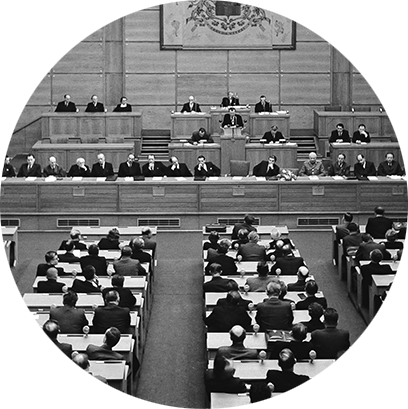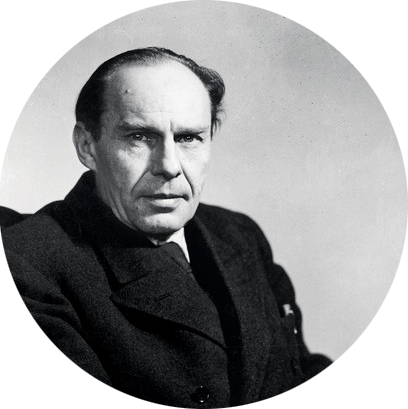At Easter 1566, the first members of the Society of Jesus arrived in Olomouc. This happened at the invitation of the local bishop, Vilém Prusinovský. With the permission of Pope Pius V, they set up a college here and began missionary, preaching, and teaching activities. Gradually, a seminary and boarding school for the education of young noblemen were established. The activities of the college were financed by the income from the bishop’s estate in Vyškov.
The Jesuit Academy and University in Olomouc 1573–1773
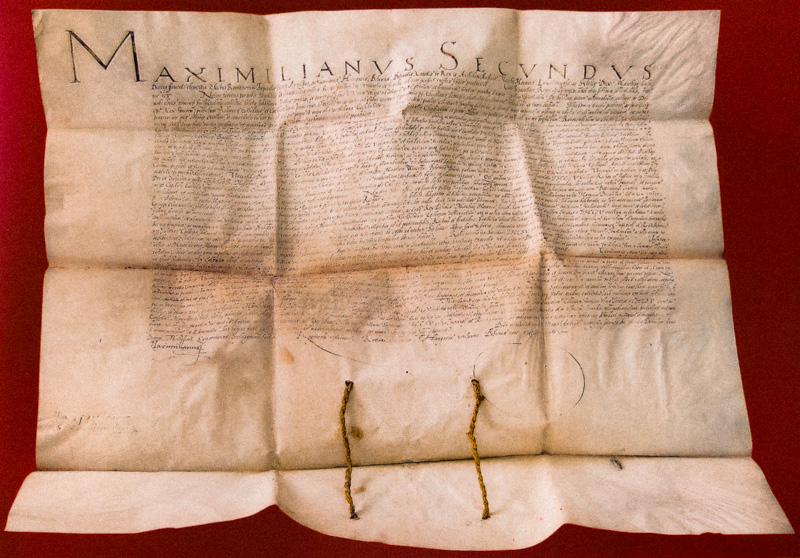
Olomouc becomes a university town
Pope Gregory XIII confirmed the donation of Bishop Prusinovský to the Olomouc College and thus ensured its future functioning. On 22 December, Emperor Maximilian II granted the Olomouc College of the Society of Jesus graduation rights, making it a full-fledged university. Its first rector was the Spaniard Hurtado Pérez, the previous superior of the Jesuit College.
The Philosophical Faculty begins its activities
Its first lecturer is the Englishman George Warr. In the same year, the first student registrations are entered in the university registry.

The university graduates its first classes and expands its activities
On 21 October, the first Bachelors of Philosophy graduate. In December, the Pontifical Seminary Collegium Nordicum is established at the Olomouc College. Its purpose is the higher education of loyal Catholic priests and laity from the countries north of the Alps. The scope of the university thus extends from Moravia to Silesia, Poland, Hungary, Germany, Scandinavia, and Eastern Europe.
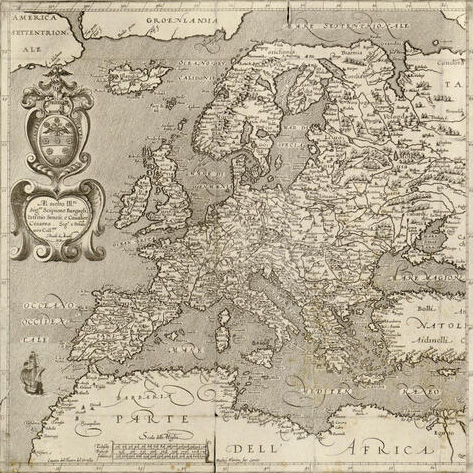
Students the world over are allowed to graduate in Olomouc
Emperor Rudolf II extends graduation rights of the Olomouc Jesuit College to students from other universities, provided they take their oral examinations in Olomouc.

The Rector’s mace is made
Bishop Stanislav Pavlovský commissions the school mace to be made by Olomouc goldsmith David Eberth.
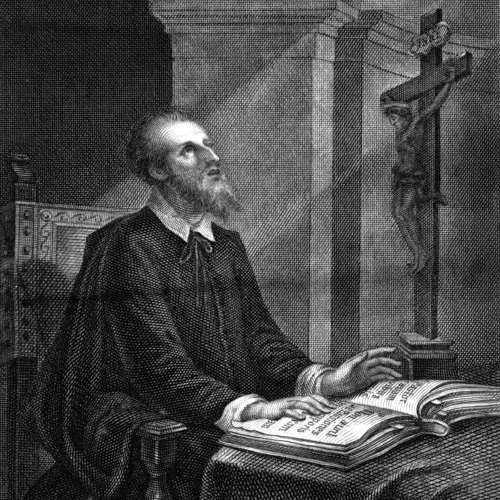
St Jan Sarkander commences his studies at the university
Sarkander was a native of Skočov in Silesia, and later martyred in Olomouc for his Catholicism. He was beatified by Pope John Paul II in Olomouc.

Albrecht von Wallenstein studies in Olomouc
The Czech nobleman and politician of European importance, later commander-in-chief of the imperial troops in the Thirty Years’ War. With the help of the regent of the Jesuit College, he converts from the Bohemian Brethren faith to Catholicism.
The university’s activities are interrupted by the Bohemian Revolt
The Moravian Protestant nobility joins the revolt of the Bohemian Protestant Estates against the Habsburgs and expels the Society of Jesus from Moravia. A mint is established inside the Jesuit College.
Teaching is restored
After the defeat of the Estates Revolt at the Battle of White Mountain, the Jesuits return to Olomouc. To compensate them for damages suffered, Emperor Ferdinand II donates estates in the South Moravian towns of Čejkovice and Kobylí to the university. Later, the university acquires extensive estates in the Nový Jičín region, including the town of Štramberk. A twenty-year boom period followed.

Bohuslav Balbín graduates in Olomouc
Balbín was later an important figure of the Czech Baroque. A literary scholar, historian, teacher, member of the Society of Jesus, and a patriot and defender of the Czech language.
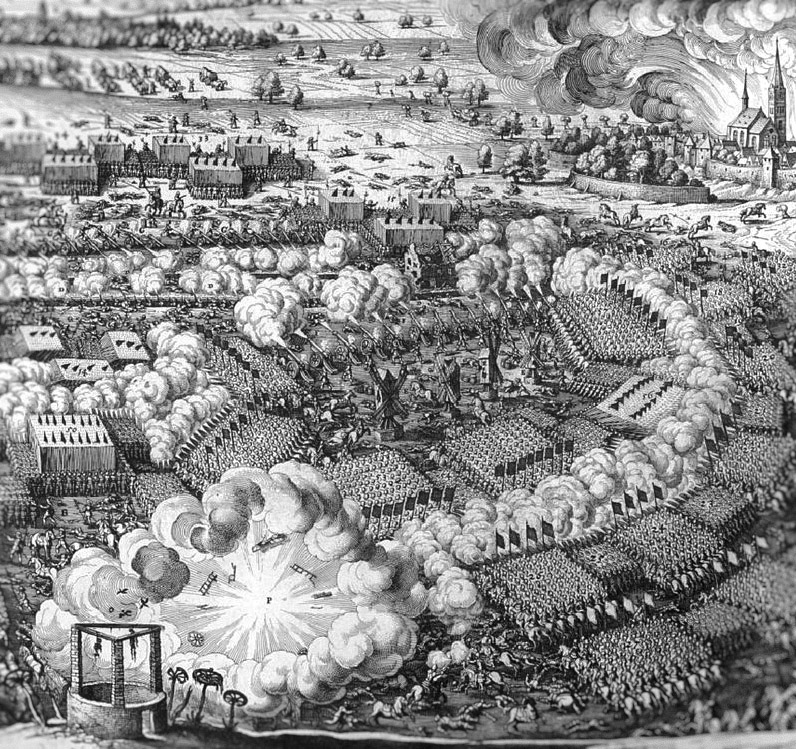
Olomouc is conquered by the Swedish army
Eight years of occupation and decline follow. In October 1643, the Jesuits close their schools and flee the town. The books from the Olomouc Jesuit library are later taken to Stockholm via Szczecin. They are now in libraries in Stockholm, Uppsala, Lund, and Strängnäs. University activities are resumed after the departure of the Swedish occupation garrison in 1650.
Beginning of the teaching of ecclesiastical law
The Department of Canonical Law was established at the Faculty of Theology – the first historical precursor of the Faculty of Law.
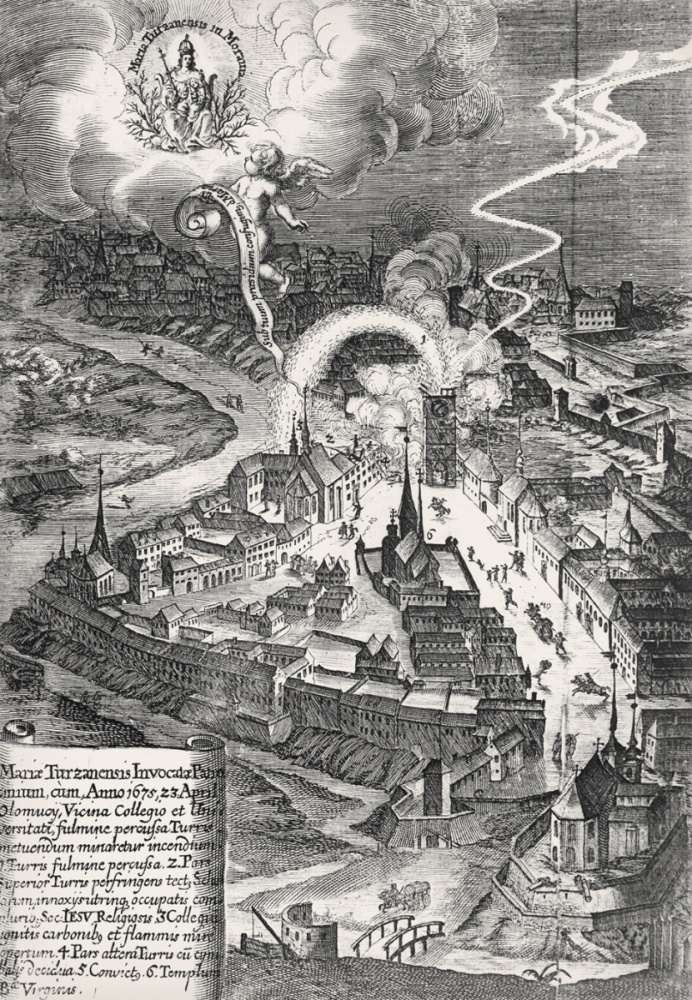
Beginning of the teaching of secular law
On the basis of the provisions of the Moravian Estates, secular law lectures are inaugurated in Olomouc. Karel Ferdinand Irmler, a native of Olomouc and former professor of law in Vienna, taught the classes. Emperor Leopold I later gave his blessing to the teaching of secular law under the auspices of the university.

Temporary establishment of the Olomouc Student Legion
In the first year of the Great Turkish War, Vienna is besieged by the Ottoman Empire’s army of 150,000. At the time of the Turkish threat to Moravia, Olomouc university students founded a volunteer legion to defend the city. During his campaign to aid Vienna, King John III Sobieski of Poland visited Olomouc College in the summer. After the defeat of the Turkish army at Vienna, the Olomouc Student Legion was disbanded.

The foundations of the Church of Our Lady of the Snows are laid
The Baroque church (still associated with the university) was built according to a design by architect Michael Klein. It was consecrated in 1716, but work on the building and interior modifications continued until 1743.

Construction begins on the present building of the Faculty of Theology
On 4 November, the cornerstone of the new building of the St Francis Xavier Seminary – the current main building of the UP CMFT – is laid.

Construction of the New College begins
A/k/a Konvikt, which currently serves as the UP Arts Centre. The monumental three-winged building was realised by the Olomouc builder Wolfgang Reich. The existing Gothic chapel was replaced by the Chapel of Corpus Christi with ceiling frescoes by Jan Kryštof Handke and sculptural decorations by Filip Sattler.
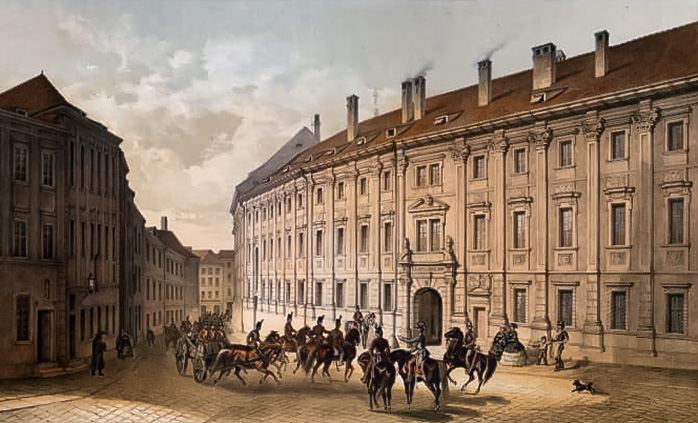
The university is occupied by the Prussian army
At the beginning of the War of Austrian Succession, Olomouc is occupied by the army of King Frederick II of Prussia. From December 1741 to April 1742, Prussian soldiers also occupied the college. Afterwards, school premises had to be vacated to accommodate the Austrian troops.
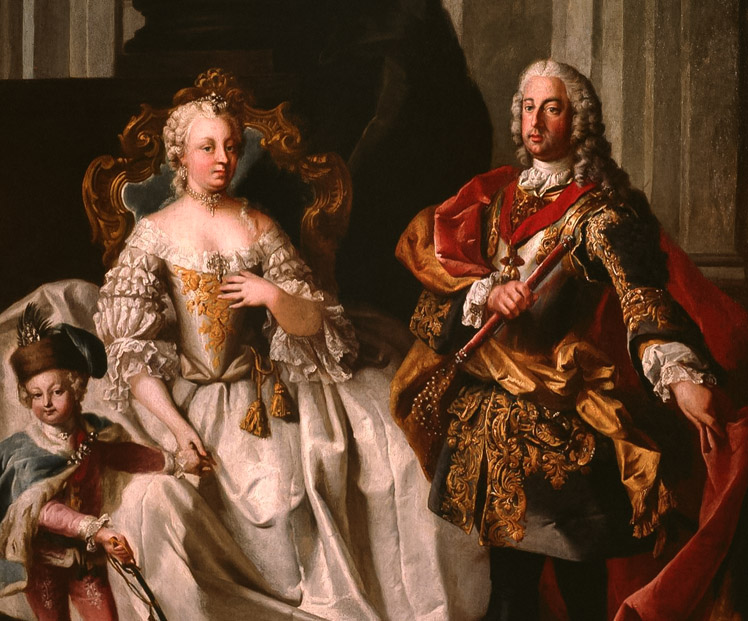
Visit of the Imperial Couple
The Holy Trinity Column is consecrated in Olomouc. On this occasion, the city and the university are visited by Emperor Franz I of Lorraine and his consort Maria Theresa.
Appointment of the first secular rector
After two centuries, the Jesuit order finally loses control of the university. Empress Maria Theresa appoints the first rector who is not a theologian nor superior of the Jesuit College: Johann Heinrich Bösenselle, Professor of Law.
Dissolution of the Jesuit Order
Pope Clement XIV, under pressure from some European monarchs, dissolves the Society of Jesus. Reorganisation of the university followed.
Imperial–Royal University in Olomouc (and Brno) 1773–1782
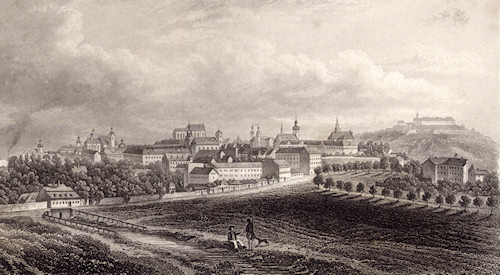
Transfer of the university to Brno
Olomouc is gradually transformed into a border citadel due to the long-term conflict between the Habsburg Empire and Prussia. The number of soldiers in the city increased dramatically and the reorganised state university, the rectory and the students’ dormitory moved to Brno, which was more conveniently located. The buildings of the former Jesuit college are taken over by the army for more than 200 years.
Imperial-Royal Lyceum in Olomouc 1782–1827
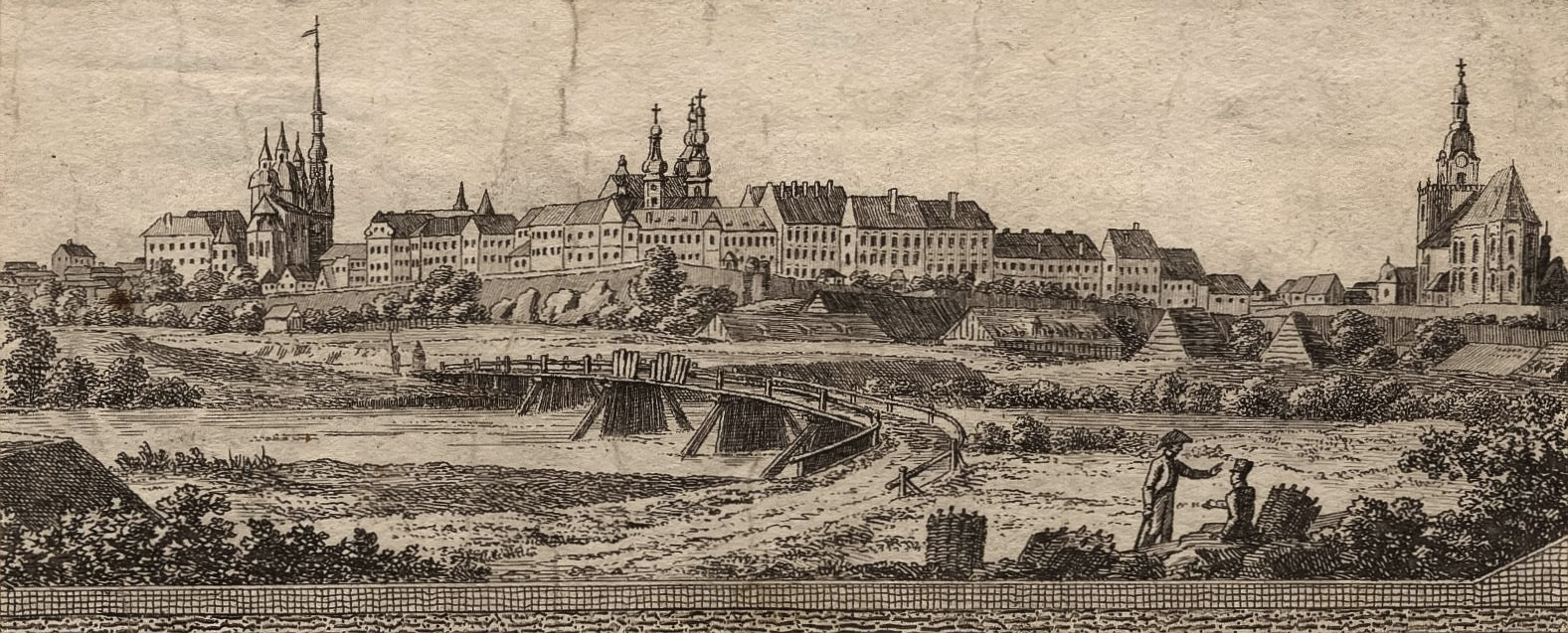
Return to Olomouc
The university is again transferred from Brno to Olomouc, but only as a lyceum, with limited graduation rights. As part of the state reform, Emperor Joseph II allows universities only in Vienna, Prague, and Lvov. The school is expanded to include medical-surgical studies with German as the language of instruction. Its seat is the building of the former seminary of St Francis Xavier (now the main building of UP CMFT).
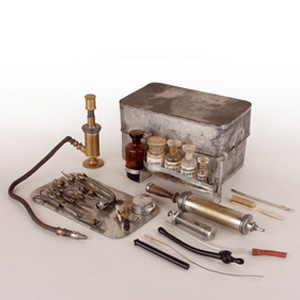
Development of medical-surgical teaching
In this year, the teaching of midwifery in Czech was started. Three years later, the Institute of Medicine-Surgery was founded at the Forensic Medical Institute. In 1816, institutes of obstetrics, special therapy, and veterinary medicine were established in Olomouc.
Imperial-Royal Franz University Olomouc 1827–1860
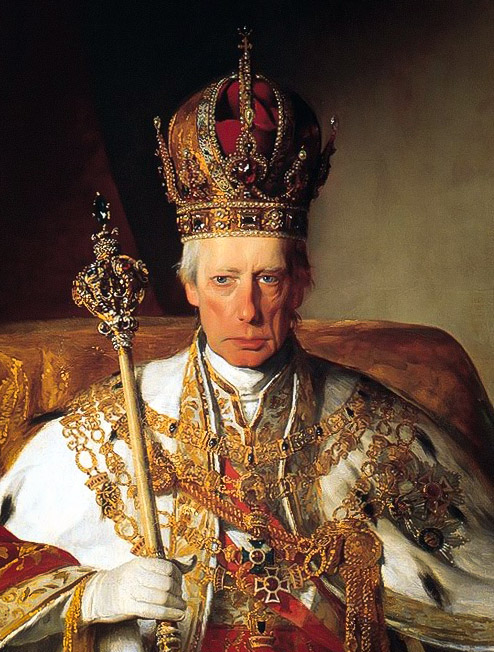
Return of full university rights
Emperor Franz I of Austria promotes the Olomouc Lyceum again to a full university. He does so at the request of the local faculty and his brother, Archduke Rudolf Jan, Archbishop of Olomouc. The restored university has three faculties: philosophy, law, and theology. In addition, the medical-surgical school continues at the university, whose professors may also hold the office of university rector.
The academic senate is elected for the first time
In the 1830s, the elected deaneries are gradually restored in the faculties, and subsequently an academic senate is established, consisting of the university rector, four directors of studies, three deans, and three seniors of each faculty.
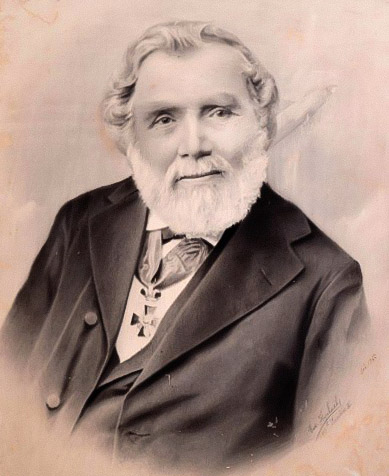
Alois Vojtěch Šembera, linguist and literary historian, joins the university
He takes the post of Professor of Czech Language and Literature, becoming an important personage in the national revival in Moravia.
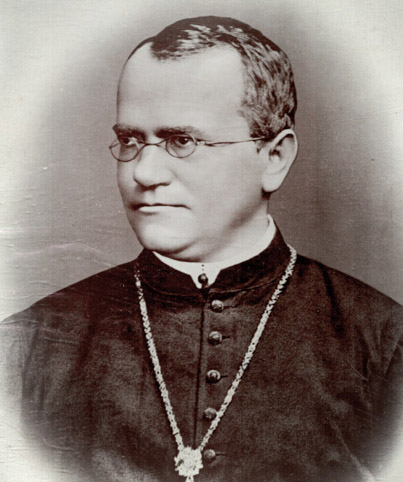
Gregor Mendel, later the founder of genetics, comes to Olomouc to study
At the Philosophical Faculty, Mendel becomes acquainted with the work of important natural scientists of his country and time – Friedrich Franz, and especially Johann Karl Nestler, a researcher in the field of plant and animal breeding.
1848
The gradual liquidation of the university begins
After the victory of the conservative forces, the era of Neoabsolutism begins within the Habsburg Empire. The university fell into disfavour with the Austrian government for its revolutionary activities. First to be abolished was the Philosophical Faculty in 1851. In 1855, the Faculty of Law followed. Then in 1860, Francis University is entirely abolished, by imperial decree. The only exception is the Faculty of Theology, retaining the right of graduation. The priceless university insignia are transferred to the Moravian governorate in Brno and subsequently to the University of Innsbruck. The Medical-Surgical Institute still functions independently in Olomouc until 1875.
Independent Faculty of Theology 1860–1939
Independence of the faculty
After the dissolution of the university union, the theological faculty has six regular departments and one special department. The faculty is headed by a dean and a vice-dean, both elected by the professorial board for a one-year term.
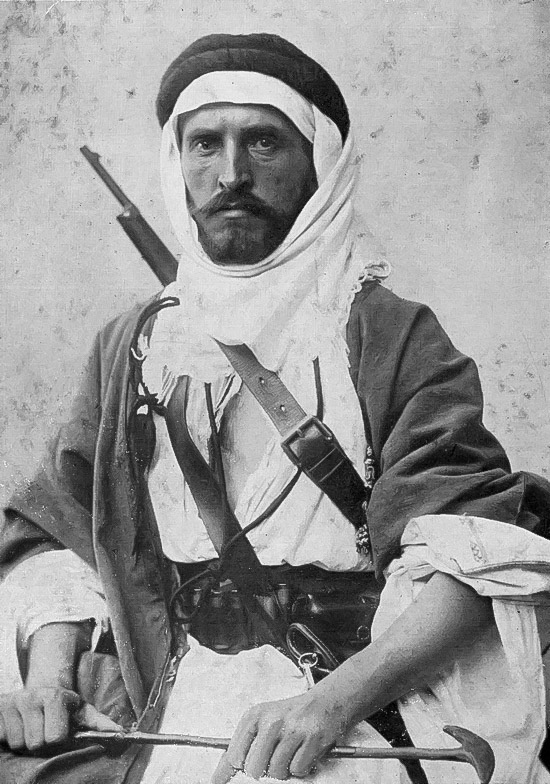
Alois Musil graduates from the Faculty of Theology
Czech orientalist, traveller, and writer, nicknamed Lawrence of Moravia. Later, in 1904, he receives a full professorship at his alma mater in Olomouc. He subsequently made several voyages of discovery to the Middle East, making him internationally famous.
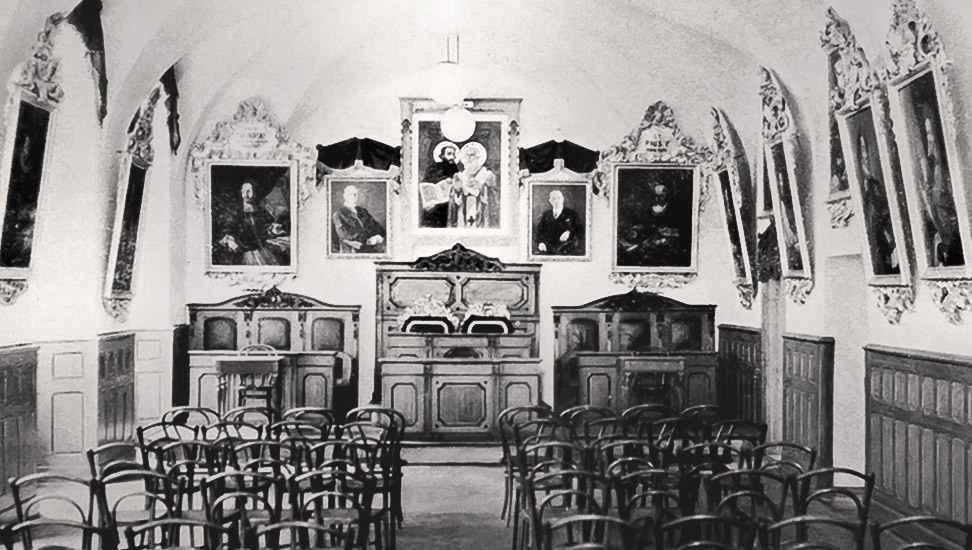
The faculty acquires the title Cyril and Methodius
Shortly after the establishment of the Czechoslovak Republic, at a time of strained relations between the new state establishment and the Vatican, the name of the faculty is changed to the Cyril and Methodius Theological Faculty.

The faculty is closed by the Nazis
In the spring of 1939, the Czech Lands are occupied by Nazi Germany. After student protests against the Occupation in autumn 1939, the closure of all Czech universities is ordered on 17 November.
World War II 1939–1945
Czech universities are closed by the Nazi German occupation authorities.
Post-war re-establishment 1945–1989
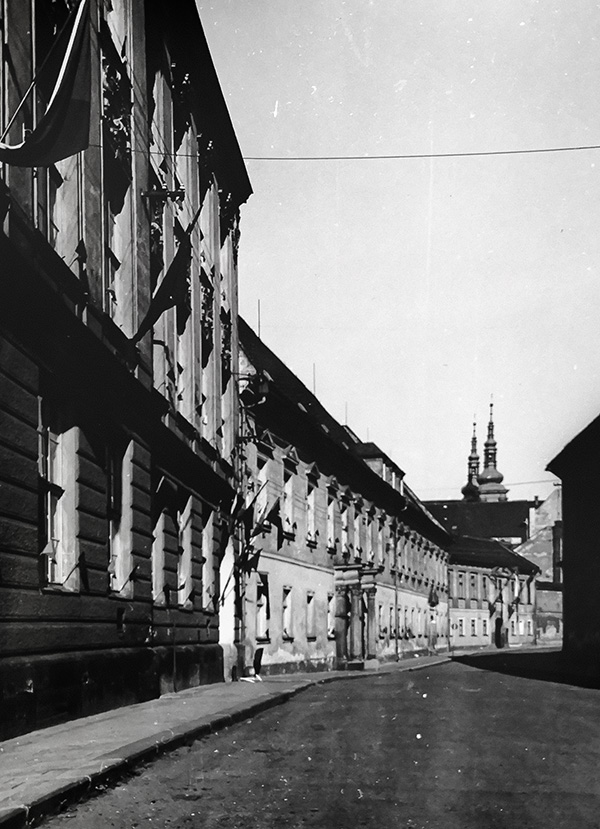
Civic Initiative for the Re-establishment of the University
Shortly after the fall of the Nazi regime, teaching is resumed at the Theological Faculty. Its academic community, together with representatives of the local intelligentsia, formulates a demand for the restoration of the full-fledged university and lobbies the Czechoslovak government in Prague for it.
1946
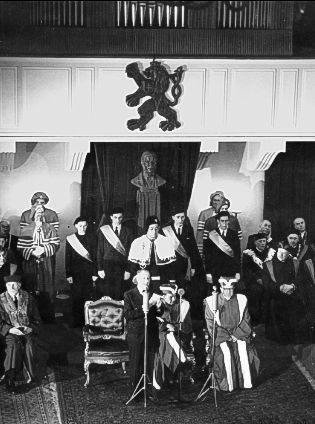
UP is ceremonially opened and teaching begins
The ceremony on 21 February marks the opening of the summer semester, with President Edvard Beneš and government representatives in attendance.
Communist coup takes place
Communists take power in Czechoslovakia during the February coup. In March, Rector Fischer issues a manifesto expressing support for the new regime. At the same time, he argues for the preservation of freedom of academic and scientific research. Despite this expression of loyalty, the university is soon placed under Communist Party oversight.
Dissolution of the Theological Faculty
UP CMFT is first placed under the “immediate supervision” of the Ministerial Inspection Commission, and subsequently abolished by government decree.
Dissolution of the Philosophical Faculty and separation of the Faculty of Education
As a result of the educational reforms of the communist government, the Philosophical Faculty is dissolved, and the Faculty of Education is transformed into an independent University of Education with faculties of social and natural sciences. Only one faculty will de facto remain out of the UP federation, the Faculty of Medicine.
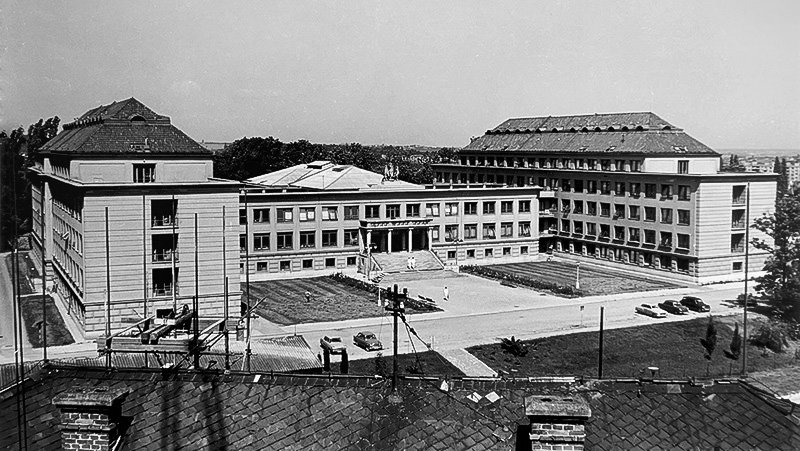
Construction of the Theoretical Institutes of the UP Faculty of Medicine begins
At the time of its construction, the building designed by Jiří Kroha represented a completely unique complex for teaching medical students. It was completed in 1960.
Re-merger of the Olomouc universities
The University of Education merged with Palacký University, which included the Faculty of Medicine, the Faculty of Social Sciences, and the Faculty of Natural Sciences, which were renamed the following year as the Philosophical Faculty and the Faculty of Science.
UP has four faculties once more
The independent Institute of Education, established in 1959, is attached to UP and renamed the Faculty of Education. Now UP consists of the Faculty of Medicine, the Philosophical Faculty, the Faculty of Science, and the Faculty of Education.
Partial liberalisation of UP and establishment of AFO
The new Higher Education Act largely relaxes the existing conditions in the universities. In the same year, for the first time UP elects its own top academic officials – the Rector and three Vice-Rectors. The university also hosts the first year of the Academia Film Olomouc film festival, which will later develop into an international festival.
Prague Spring in Olomouc
The academic community engages in an enthusiastic attempt to democratise the communist establishment. In May, Majáles (student May festival) is held, and the writer Josef Škvorecký is elected its king. In the autumn, students engage in protest strikes against the Warsaw Pact occupation of Czechoslovakia.
Beginning of Normalisation
After the defeat of Prague Spring, “Normalisation” begins and UP– like other universities – becomes a closely-monitored and controlled entity by the centre of power. After the amendment of the Higher Education Act, personnel purges were initiated.
UP celebrates 400 years
In the jubilee of 4 centuries of its existence, UP employed 860 teachers and researchers, and had cca 3520 full-time and 2130 distance students.
UP Sports Hall is built
A festive Universiade is held in the newly-opened hall on the occasion of the 35th anniversary of UP’s re-establishment.
UP becomes the local centre of the Velvet Revolution
In Olomouc – as well as in other university centres – students were at the forefront of the Velvet Revolution, which established freedom of scientific research and teaching at universities. Josef Jařab became the first democratically-elected post-revolution rector .
The post-Velvet Revolution boom 1990–2022
1990
Re-establishment of the Faculty of Law
The academic senate authorises the re-establishment of the UP Faculty of Law.
Symbolic return of the rector’s mace
From the rector of Leopold-Franz University in Innsbruck, Palacký University Olomouc received a replica of its rector’s mace, used by the University of Olomouc from the 16th century until the beginning of the second half of the 19th century.
Opening of the Armoury
After a costly reconstruction, UP opens an information centre and central library in the Theresian Armoury.
Opening of the reconstructed Jesuit College
The opening ceremony of the UP Arts Centre in the reconstructed building of the former Jesuit College (Konvikt) in Univerzitní Street took place.
Establishment of UP FHS
The 8th faculty of UP is established under the name Faculty of Health Sciences, which was separated from the Faculty of Medicine by a decision of the Academic Senate.
Faculty of Science moves to a new seat
In 2009, the new building of the Faculty of Science at the Envelopa campus was opened.
Opening of the completion of the Theoretical Institutes and the Institute of Molecular and Translational Medicine (IMTM)
The opening ceremony of the new buildings of the UP Faculty of Medicine and Dentistry – the completion of the Theoretical Institutes and the building of the Institute of Molecular and Translational Medicine took place.
2015
The CATRIN Scientific Institute is established
The Czech Advanced Technology and Research Institute (CATRIN) is created by integrating the scientific teams of three science centres, originally established under the faculties of Science and Medicine & Dentistry. The institute links scientific research capacities in the fields of biomedical research, nanotechnology and new materials, and plant research.


